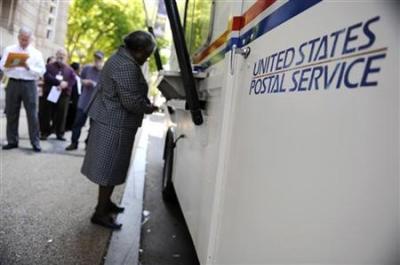5 Things to Know About the Pipe Bomb Saga

4. Mail screenings
Most of the 10 devices didn't reach their intended target because they were either intercepted at post offices, mail rooms or by Secret Service personnel before they could do any harm.
This happened as a result of screening procedures in place by the Secret Service, the US Postal Inspection Service and other entities.
"The U.S. Secret Service has intercepted two suspicious packages addressed to Secret Service protectees," the agency said in a statement on Wednesday, "The packages were immediately identified during routine mail screening procedures as potential explosive devices and were appropriately handled as such. The protectees did not receive the packages, nor were they at risk of receiving them."
As for the U.S. Postal Inspection Service, it says that it investigated "an average of 16 mail bombs over the last few years," according to Wired.
"The Postal Inspection Service has organized response teams nationwide for investigating suspicious parcels through our Dangerous Mail Investigations Program," the USPIS said in a statement. "DMI Inspectors are trained to recognize the common characteristics of suspicious mail and are highly proficient in the use of state of the art equipment to include portable x-ray machines."
According to USPS, it has developed a "comprehensive approach to protecting the mailsystem by utilizing a targeted strategy of specialized technology, screening protocols and employee training."
Despite the USPIS efforts, bomb technician Tony May told NBC 12 News that the postal service cannot scan every piece of mail for explosives.
"No, there is no real screening done by the postal service when these things go through the mail," May said.




























